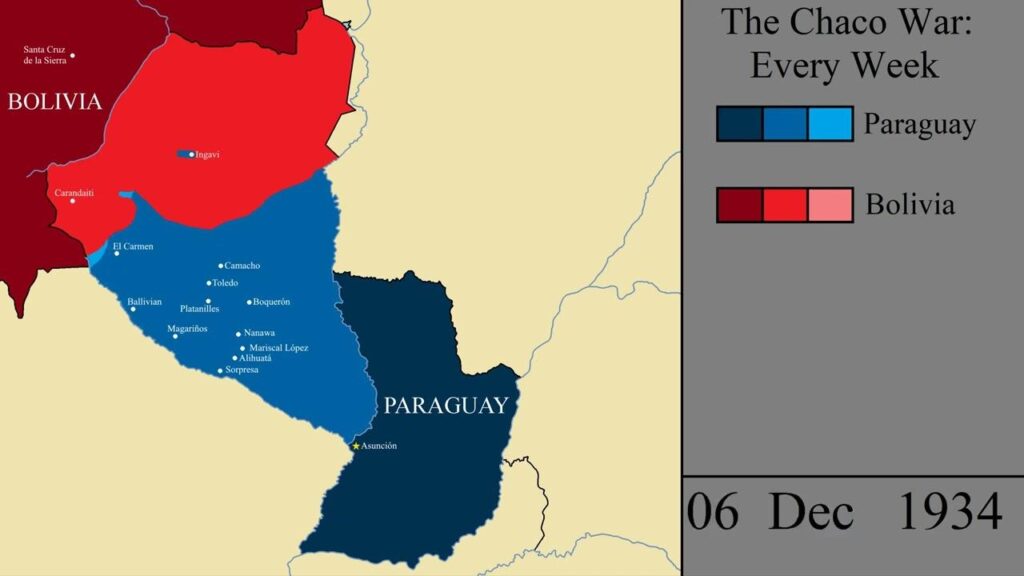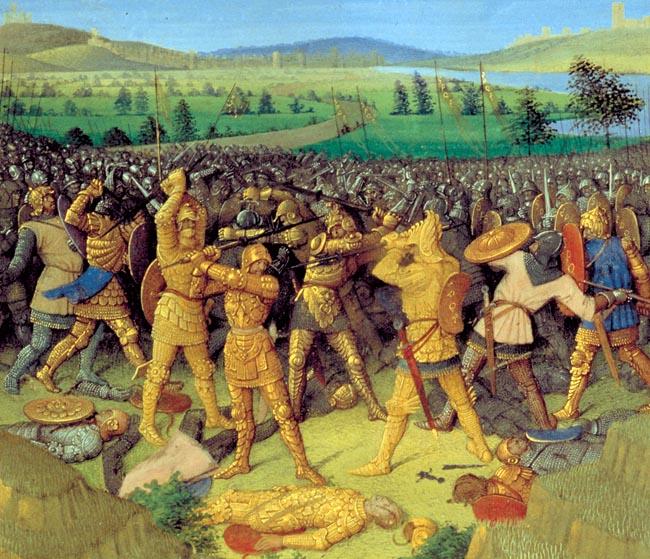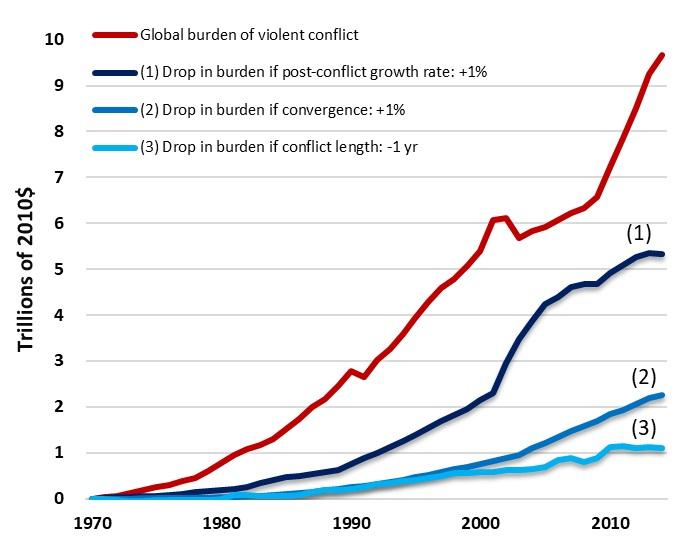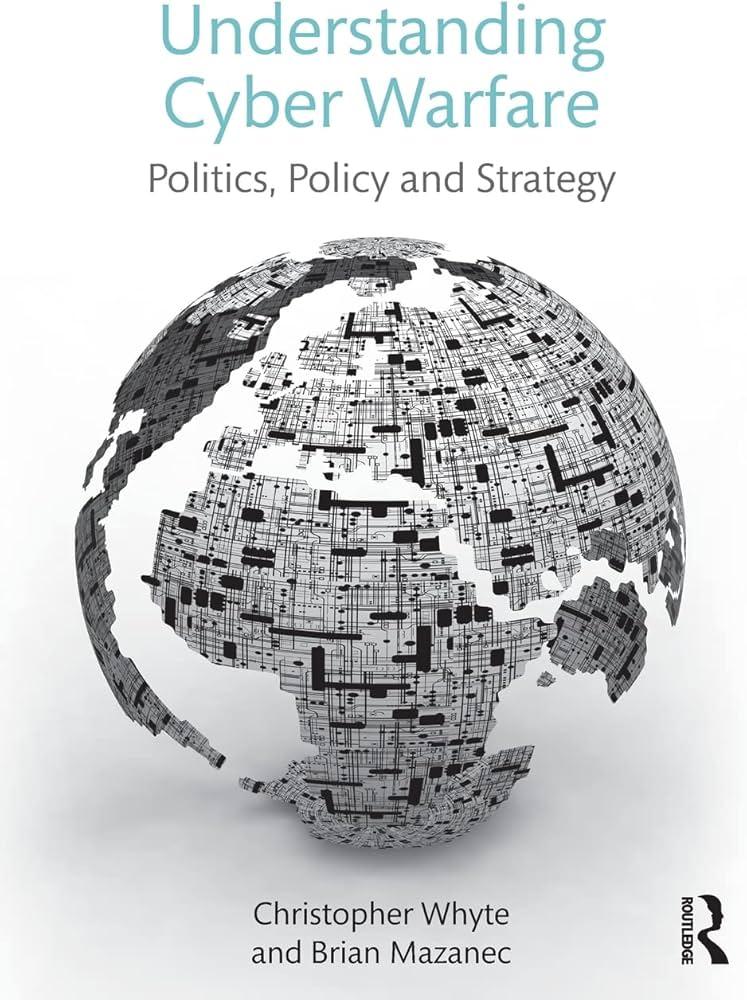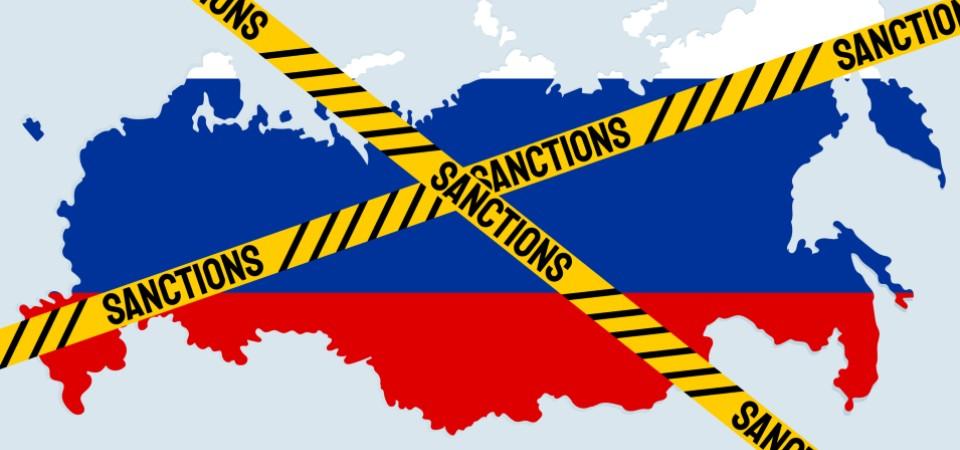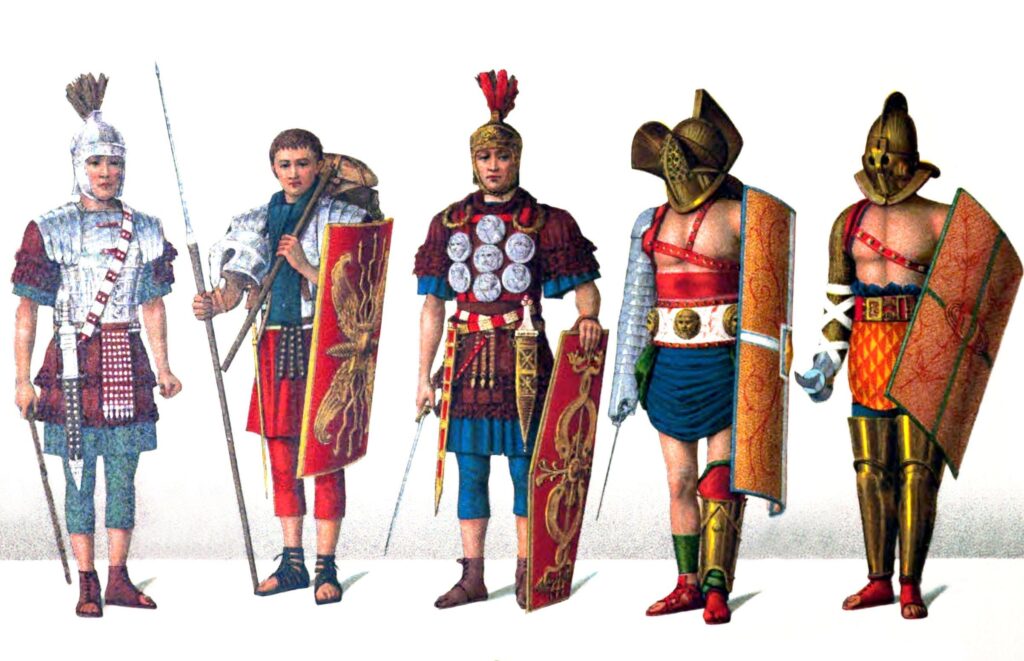When we think about the pivotal figures of World War II, names like Eisenhower and MacArthur often come to mind. Yet, one strategist whose profound impact on the Pacific Theater remains unparalleled is Admiral Chester W. Nimitz. As the Commander in Chief of the U.S. Pacific Fleet, Nimitz’s visionary leadership and tactical brilliance played a critical role in turning the tide against Imperial Japan. In this article, we delve into the life and legacy of Chester W. Nimitz, exploring how his mastery of naval warfare and strategic foresight helped secure the Allied victory across the vast expanse of the Pacific.
Table of Contents
- Chester W Nimitz’s Strategic Genius in Naval Warfare
- Key Battles That Defined Nimitz’s Leadership in the Pacific
- Innovations and Decisions That Turned the Tide Against Japan
- Lessons from Nimitz’s Command for Modern Military Strategy
- Concluding Remarks
Chester W Nimitz’s Strategic Genius in Naval Warfare
Admiral Chester W. Nimitz’s acumen in naval strategy reshaped the course of World War II in the Pacific. His ability to synthesize intelligence, logistics, and innovative tactics into decisive action was unparalleled. Nimitz championed a highly flexible command structure, empowering his subordinate commanders to make rapid decisions under pressure—a pivotal factor during critical battles like Midway and the Philippine Sea. His foresight in harnessing carrier-based aviation revolutionized naval engagements, shifting the paradigm from traditional battleship confrontations to air superiority at sea.
Key elements that defined his strategic brilliance include:
- Mastery in logistical coordination, ensuring sustained operations across vast oceanic distances
- Integration of cryptographic intelligence (notably the breaking of Japanese codes) to anticipate enemy movements
- Innovative use of combined arms, coordinating surface ships, submarines, and airpower to apply relentless pressure on Japanese forces
- Calculated risk-taking balanced by meticulous planning, enabling surprise offensives that destabilized enemy strategies
By melding these factors into a cohesive strategic vision, Nimitz not only preserved American naval strength but also projected power that hastened the Allied victory in the Pacific theater.
Key Battles That Defined Nimitz’s Leadership in the Pacific
Admiral Nimitz’s strategic brilliance was perhaps most evident during the Battle of Midway. Faced with the daunting task of halting Japan’s expansion, he orchestrated an unprecedented naval ambush. By effectively utilizing cryptographic intelligence and positioning his limited forces with precision, Nimitz turned what could have been a crippling defeat into a decisive victory. This engagement not only crippled the Japanese fleet’s offensive capabilities but also marked the turning point in the Pacific War, demonstrating his ability to anticipate enemy moves and capitalize on intelligence to shape battlefield outcomes.
Following Midway, Nimitz’s leadership continued to shine through in the grueling island campaigns across the Pacific. His adept coordination during battles like Guadalcanal and the Philippine Sea showcased his mastery of complex amphibious operations. Key elements under his command included:
- Integrated air and naval power to suppress enemy defenses and protect advancing forces.
- Logistical innovation ensuring sustained supply lines across vast ocean distances.
- Adaptation to evolving enemy tactics, enabling flexible response plans under pressure.
These battles underscored Nimitz’s unique ability to meld tactical prowess with strategic vision, a combination essential to the ultimate success of the Allied forces in the Pacific Theater.
Innovations and Decisions That Turned the Tide Against Japan
Chester W. Nimitz’s strategic acumen was pivotal in reversing the momentum of the Pacific War. By implementing a combination of innovation in naval tactics and decisive leadership, Nimitz transformed the U.S. Pacific Fleet’s approach to combat. His adoption of carrier-based warfare, rather than traditional battleship engagements, allowed for unprecedented mobility and striking power. Coupled with intelligence breakthroughs, Nimitz ensured fleets were always several steps ahead of Japanese forces. This shift wasn’t just about changing the tools of war; it was about reimagining the entire theater of combat with an emphasis on flexibility and rapid response.
Beyond tactics, Nimitz’s decisions reflected deep understanding of both logistical importance and psychological warfare. He championed:
- Island Hopping: Bypassing heavily fortified positions to isolate and weaken Japanese strongholds.
- Coordinated Intel Sharing: Maximizing the use of decrypted communications to preempt enemy actions.
- Morale and Training Revamp: Intensifying crew readiness through rigorous training programs and fostering resilience under challenging conditions.
These innovations not only disrupted Japanese supply and communication lines but also instilled a new confidence and efficiency within allied naval forces—cornerstones that ultimately tipped the scales in the hard-fought Pacific campaign.
Lessons from Nimitz’s Command for Modern Military Strategy
Admiral Nimitz’s leadership during World War II provides invaluable insights into the essence of strategic command that resonate even in today’s military landscape. Central to his approach was a firm belief in flexibility and adaptability. He emphasized understanding the fluid dynamics of warfare and adjusting plans in real time, rather than adhering rigidly to predetermined strategies. This mindset fostered a culture where intelligence gathering, rapid assessment, and decisive action converged to secure battlefield advantages against a formidable opponent. These principles underline the continuing need for modern forces to prioritize dynamic decision-making over static doctrine.
Equally important was Nimitz’s ability to coordinate complex, multifaceted operations across vast distances without losing sight of the overarching mission. His success was built on a foundation of clear communication, delegation, and trust within his command structure. Today, military strategy benefits immensely from such lessons by fostering interoperability among joint and allied forces, leveraging technology without losing the human element of leadership. The following core tenets, drawn from Nimitz’s example, remain critical:
- Embrace innovation: Integrate new technologies and methodologies to outpace adversaries.
- Maintain situational awareness: Continuously update intelligence and adapt to battlefield realities.
- Empower subordinates: Cultivate trust and delegate authority for agile responses.
- Focus on logistics: Sustain operations through effective supply chain and resource management.
Concluding Remarks
As we reflect on the monumental impact of Chester W. Nimitz, it becomes clear that his strategic brilliance and steadfast leadership were pivotal in shaping the outcome of the Pacific Theater during World War II. Beyond his tactical genius, Nimitz embodied resilience, humility, and unwavering dedication—qualities that not only steered the Allied forces to victory but also left a lasting legacy on naval warfare. Understanding his contributions offers us more than just historical insight; it provides enduring lessons in leadership and strategy that remain relevant today. Chester W. Nimitz wasn’t just a commander—he was the mastermind who helped turn the tide of history.




